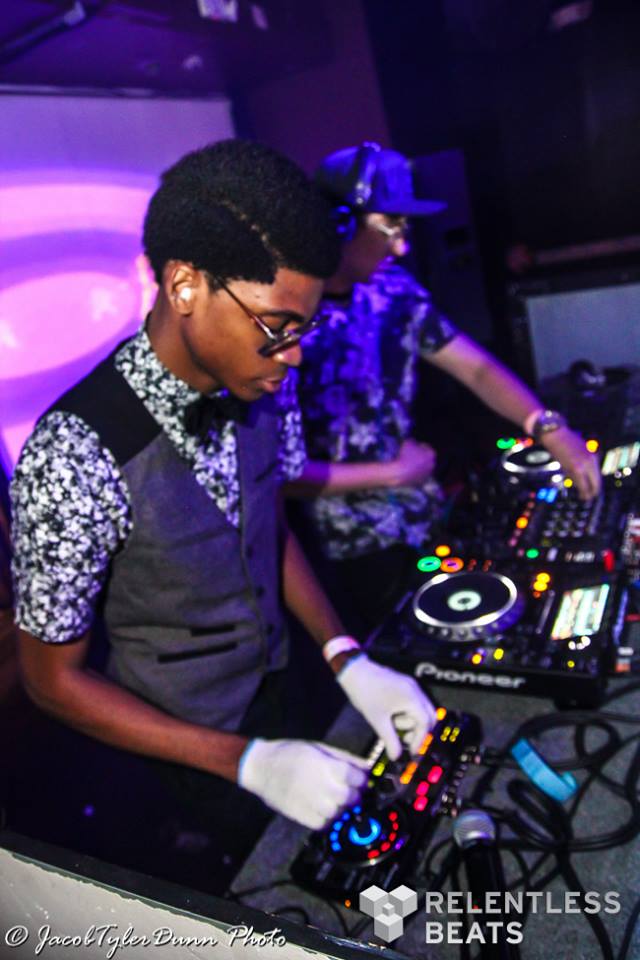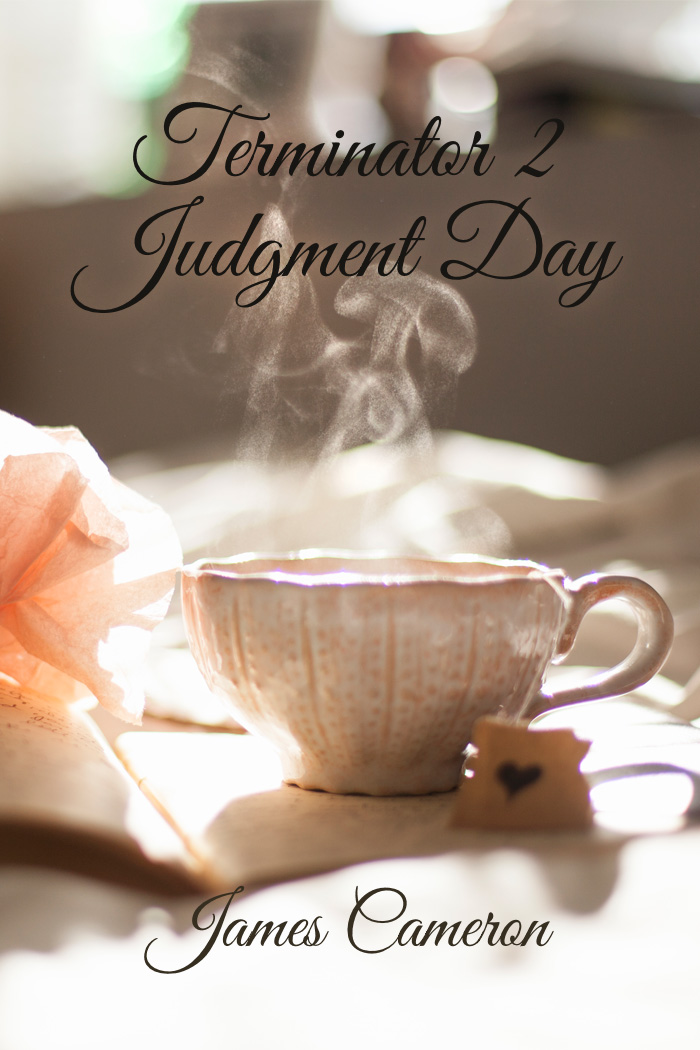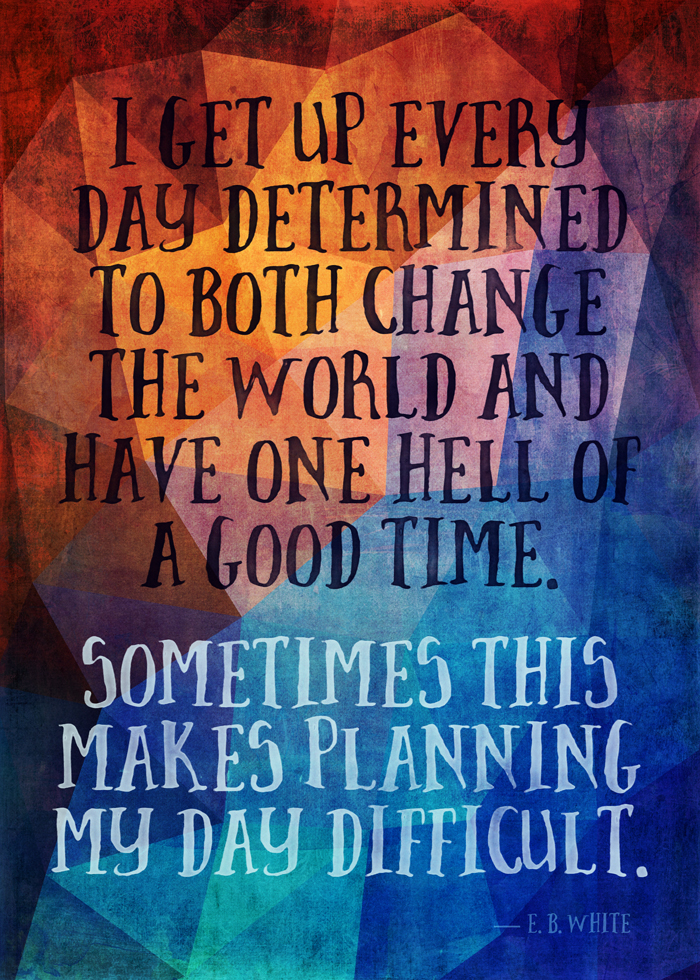So, as you all know, I’m a big fan of Canadian DJ Overwerk. He’s in the middle of his first US tour, and I just had to go.
Electronica and I, We Go Way Back
Look, the first time I went to a concert was to see Jethro Tull in 1973 on the A Passion Play tour. I’ve seen a ton of bands since then, including: Led Zeppelin (pre- and post-Stairway to Heaven), Pink Floyd, Aerosmith, Queen, and, well, so many others that if I list them all, I’ll never get to the point.
What I’d not really understood was how much electronica had changed over the years. When I took an electronic music in the 70s, synthesizers were not only monophonic (meaning they could only play one note at a time). Well, okay, there were some polyphonic synthesizers, but the college could not afford them. Yet. The one thing this class really did for me? Made me realize how amazingly awesome Switched-On Bach was. What an unbelievably large amount of work. It reminds me of spectacular English marquetry in terms of hours of labor.
Somewhere in the late 80s, I had a Roland D-50 for a short while. I was determined to go the MIDI route, but it was tremendously painful. Things hadn’t progressed as far as I’d hoped.
In the 90s, I worked for Synclavier, or at least the remnants of it. I had a synclavier.com work email address. I didn’t work on synth-related stuff; I worked on managing royalties for use of digital audio elements. Still, I had a sense of what was possible then, vastly improved over the years.
But since then? No clue.
In 2005, I was talking with a colleague about music, and I thought I was showing that I was fairly current because of the relatively recent artists I was listening to. However, he pointed out, half correct, that most of the bands were more than 10 years old. (Some had been around that long; most were newer, but not new-new.) Who was I listening to that was new?
Ever since then, I’ve made more of an effort to listen to a wider variety of music and more newer artists, not just new albums from artists I already love or have newly discovered.
The Dance Thing
I know I used to compete in ice dancing, and that I’ve studied dancing. I first appeared on stage in a white satin duck suit. Tap dancing. As a teen and in my twenties, I had no use for non-ballroom dancing, though. I was always feeling out of my element when I didn’t know what I was supposed to do, especially when it was something physical.
So I did what I always do: I ignored it, pretended it didn’t matter.
Yet, at the same time, once we got past the main part of the disco era, dance music started to diverge more. I loved dance music, I just didn’t, you know, dance. In that sense, I was an equal opportunity hater and wound up rolling my eyes more than once when asked to pick sides. I like what I like, musically speaking.
Then my back and knee started bothering me, and so the point is now moot: I simply can’t dance for more than a couple of minutes, and most dance moves have me risking collapsing (and I mean that literally) in a heap on the floor.
So, Overwerk’s coming. What to do?
Conflicting Plans, Not Good
Overwerk was coming to both San Francisco and Santa Cruz, but they were dates I was out of town. I wrote to the Santa Cruz club anyway, as I could have made it if I changed my flight (and missed the Great Namaste), but I never heard back from them.
I also tried to contact several that would have been doable with some combination of the various miles I have hoarded.
The one club I contacted that answered me: The Monarch Theatre in Phoenix. They were really nice about assuring me there would be some place for me to sit.
I used my British Airways miles to book tickets on US Air, found a great rate at the Arizona Biltmore, which is a cool historic American property.
So I got up at 5:30 in the morning on Saturday to fly to Phoenix, then checked into the Biltmore and took a nap. My friend called; she couldn’t make it. Bummer. Had an amazing dinner at the Biltmore all by myself.
I went alone to the club, and I can’t tell you the number of times I completely wanted to chicken out. The number of times I’ve found accommodations non-existant makes anything like this completely intimidating, especially at a dance club when you aren’t able to dance.
I found the place, arriving just early enough that there were only a few people in line. However, not being able to stand, they found me a seat, which effectively put me first in line (not that that actually mattered as there were few enough people in line).
The DJs paraded in ahead, as did various people on the guest list. We were all let in, and I needed to go back and get the VIP wristband for the seating area.
The first DJ, Joey Williams, warmed everyone up.
[](/images/2014/08/10492245_258240470966227_1149176629842689935_n.jpg)Joey Williams by Jacob Tyler Dunn
Second up was 2ToneDisco.
[](/images/2014/08/10414072_258240867632854_8635205320862845656_n.jpg)2ToneDisco by Jacob Tyler Dunn
James and Omni had an energetic set of Nu Disco and other fun stuff. Probably the crowd favorite was their Ghostbusters remix, which you can listen to (and download) for free:
[soundcloud url=”https://api.soundcloud.com/tracks/174253553″ params=”auto_play=false&hide_related=false&show_comments=true&show_user=true&show_reposts=false&visual=true” width=”100%” height=”450″ iframe=”true” /]
I don’t know who the third DJ was; he was quite popular with the crowd. He tended to play vocal songs that had very singable anthem lines. Not my cuppa, but the crowd was having fun, and that’s the important thing.
Fourth up was Overwerk, who came on at 12:30.
The crowd cheered when his signature motif, “Overwerk it,” played for the first time in his set.
The biggest crowd pleaser of his set was 12:30, which is a remix of ABBA’s “Gimme, Gimme, Gimme (a Man after Midnight).” You can listen to (or download) it for free here:
[soundcloud url=”https://api.soundcloud.com/tracks/84242101″ params=”color=00aabb&auto_play=false&hide_related=false&show_comments=true&show_user=true&show_reposts=false” width=”100%” height=”166″ iframe=”true” /]
[](/images/2014/08/10409549_258240500966224_1538363407301473663_n.jpg)Overwerk by Jacob Tyler Dunn
[](/images/2014/08/10487256_258240477632893_4577881855150976248_n.jpg)Overwerk by Jacob Tyler Dunn
[](/images/2014/08/10537416_258240777632863_4185577574332582253_n.jpg)Overwerk by Jacob Tyler Dunn
[](/images/2014/08/10514591_258241717632769_2933766180983845784_n.jpg)Overwerk by Jacob Tyler Dunn
At 2 a.m., Edmond ended his set with my personal favorite, Daybreak, though the club isn’t conducive to the quieter opening this song has (and thus it started differently). I can’t embed this one, but you can listen to it here.
I loved how each DJ had a different visual style. The three large monitors gave quite the light show in addition to the ceiling lights. Not having spent a lot of time in clubs, and never for a traditional dance event (it was always some private event held at a club), this was something I’d never known about (or expected).
All in all, a great time. Many thanks to the Monarch Theatre, Overwerk, 2ToneDisco, and the other DJs, as well as Relentless Beats, the promoter.
More of Jacob Tyler Dunn’s photos here.
Read More



